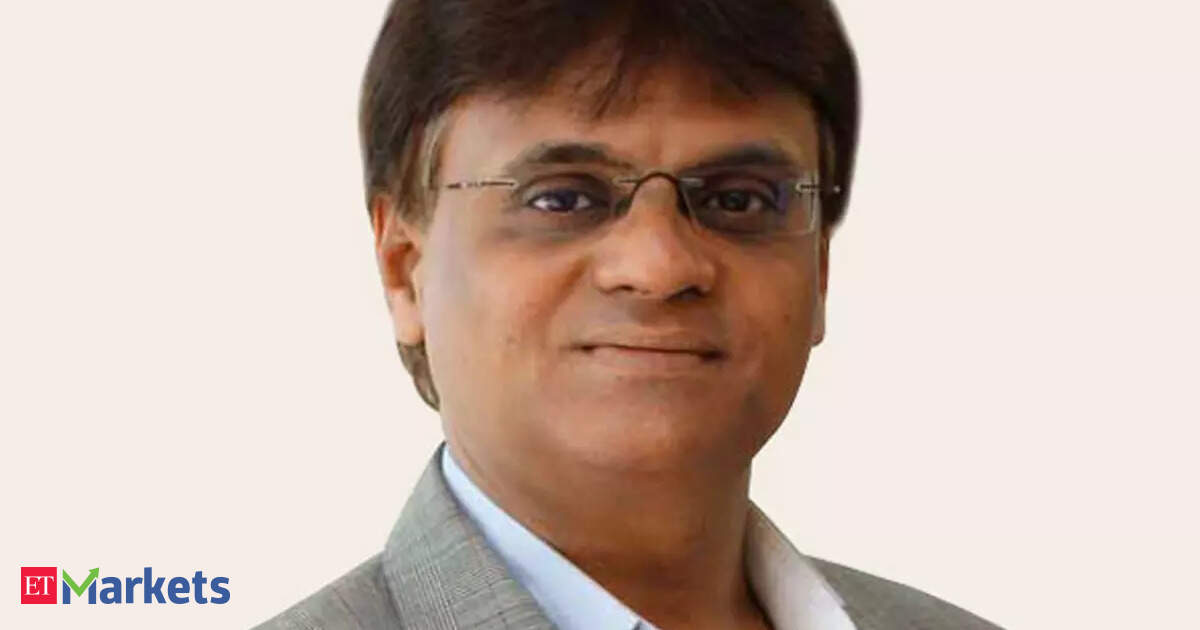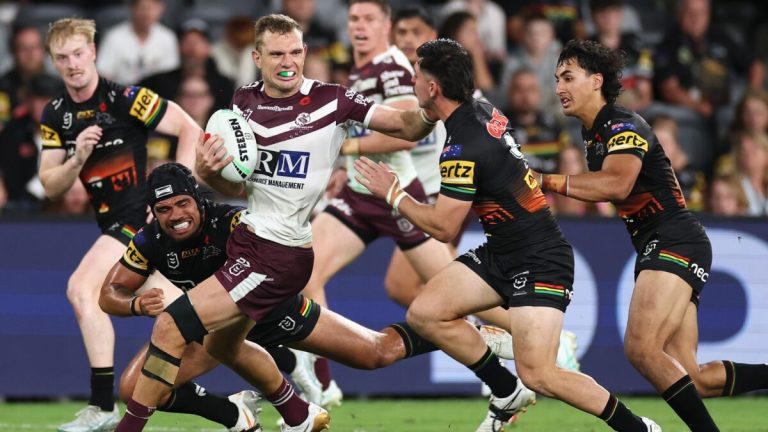Do you think PB Balaji is the right choice? Domestically, of course, what he inherited at Tata Motors was a very different situation. He has clearly turned things around. The passenger vehicle (PV) segment has grown significantly. The commercial vehicle (CV) business has also fired on all cylinders. And JLR, which was arguably the most challenging piece in the entire Tata Motors portfolio—who better than him to lead that now?
Deven Choksey: Yes, absolutely. He is proven material when it comes to turnaround stories. He has systematically restructured Tata Motors, particularly its cost structure, and brought every unit back into profitability. So, it is certainly a good move to expect similar or even better results from him at JLR.
Given the fact that new challenges exist—Jaguar, for instance, will be fully electric from this year, and gradually Land Rover will also transition to electric over the next three to five years—his experience will be crucial. Along with this, the domestic portfolio of Tata Motors will also likely see a similar approach. His financial turnaround experience will definitely help.
In fact, if we look at Mahindra & Mahindra’s example, where they appointed Anisha Shah as CEO from her prior CFO role, it also proves that a transition from CFO to CEO ensures financial discipline while scaling the business. In that sense, I believe PB Balaji is a good choice and could deliver even better results going forward—for both Tata Motors and JLR, where he is now designated CEO.
The other big news I wanted to discuss is about Paytm. With Antfin now set to offload its entire stake in Paytm at a 6% discount to the current market price, the stock will likely open weak. But do you think this weakness will be bought into? Or should it be? Paytm is almost touching ₹1100 again.
Deven Choksey: From my viewpoint, financial investors who are currently riding this story will need to ensure that Paytm has a strong backbone in the form of robust product lines. They do have a front-end technology platform that’s driving the business, and the turnaround narrative so far has centered around that.
The real key, however, lies in how well they integrate with back-end systems—like core banking or other essential platforms. If they manage to do that effectively, then the company can offer better long-term clarity.
As a pure technology platform, I’m not too optimistic about its potential or credentials going forward.
What are your thoughts on the entire defence pack? Yesterday it was BEL, today it could be BEML. But when you come back to valuations, it raises the question of whether one should really be adding positions at these levels.
Deven Choksey: Most of these companies are currently priced at FY28 earnings projections with strong growth baked in. So frankly, valuations are the key concern in today’s market.
I believe there’s limited headroom from here. Sure, positive news can drive stock prices in the short term—that’s not in question. But if you’re looking at building wealth in a systematic manner, it’s probably wiser to wait for price corrections before buying.
At this point, in my view, everything seems priced in, and valuations are fairly elevated.
What’s your take on Aurobindo Pharma? The company’s earnings were unimpressive this time, especially on margins. For select peers like Dr. Reddy’s and Cipla, we’ve seen margin outperformance, and the market rewarded them accordingly. But Aurobindo has clearly disappointed. How do you see the stock reacting, and what’s your overall view on the pharma space?
Deven Choksey: Our broader view on the pharma sector is that companies involved in specialty generics, complex generics, or novel delivery systems are more likely to command a premium in the market. Sun Pharma, Cipla, and Dr. Reddy’s fall into that category—they are driving the business forward.
On the other hand, contract research and manufacturing services (CRAMS) and API-based businesses like Laurus Labs and Divi’s Labs are also performing well and represent another area of strength.
In our portfolio, we prefer a niche approach when it comes to pharma. We tend to avoid companies that are purely into generics, as they often face significant pricing pressure from time to time. So, we stay focused on a select few high-quality companies.







